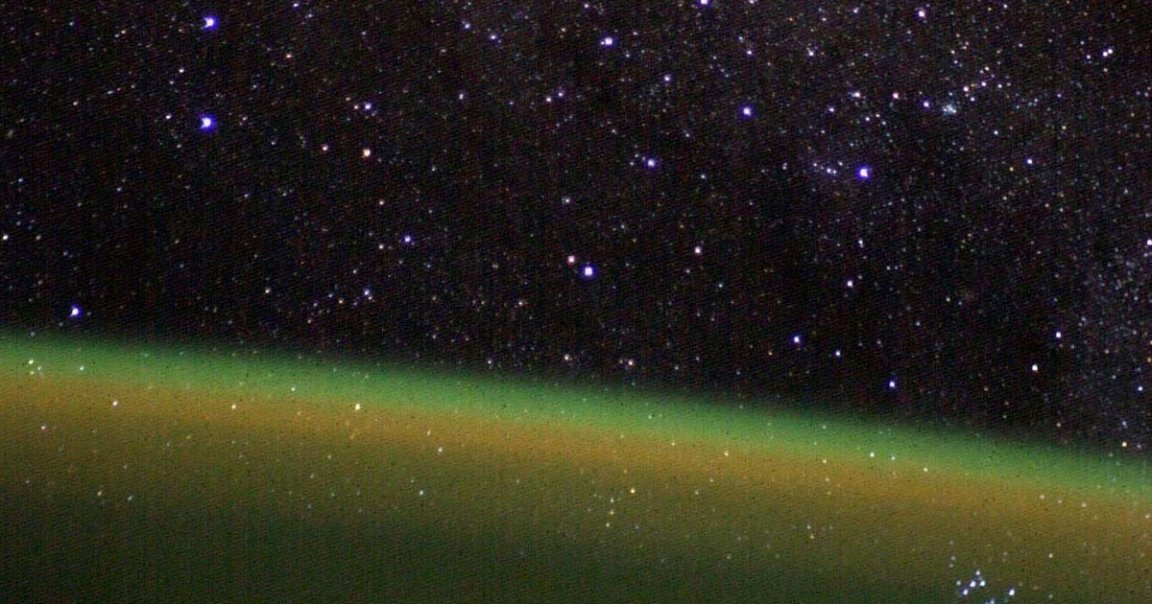
Smear and Far
In 2003, when the International Space Station had only been occupied for three years, NASA astronaut Donald Pettit took a gorgeous picture of the Earth’s atmosphere, with countless stars frozen in the background.
But as Pettit revealed in a Reddit post earlier this week, the same photo “cannot be taken anymore” — and it’s not because of global warming making irreversible changes to our planet or camera tech that no longer exists.
Instead, it’s because the ISS used to orbit the Earth with its solar panels permanently pointing towards the Sun, since it was unable to change the panels’ angle at the time.
“Essentially, the station itself was the tracking mechanism thus for a camera mounted to Space Station, a time exposure yielded stars as pinpoints,” Pettit explained in his post.
But in 2006, the station changed its attitude from a “solar inertial attitude” so that one side permanently remains pointed at Earth. Taking the same picture from the same angle would now result in “arcing trails,” not sharp pinpoints, as Pettit explained.
Happy Trails
Pettit was part of Expedition 6, the sixth crew that was sent to the ISS in late 2002. During his six-month stay, Pettit took thousands of pictures of star trails, sharing them with the rest of the world on the internet.
As of this year, he’s the oldest active NASA astronaut and is scheduled to visit the station for a third time on board a Soyuz capsule alongside two Russian cosmonauts in September.
And once there, he’s planning to retake his recently shared image with the use of a nifty contraption.
Pettit revealed that he’ll be taking a “wind-up tracking device that will compensate for the current space station motions and once again allow long time exposures with pinpoint stars.”
“With our current generation of digital cameras, I hope to continue these astrophotography star field images,” he added.
More on astrophotography: This Photo of a Dying Comet Is So Incredible That It’s Melting Our Eyeballs